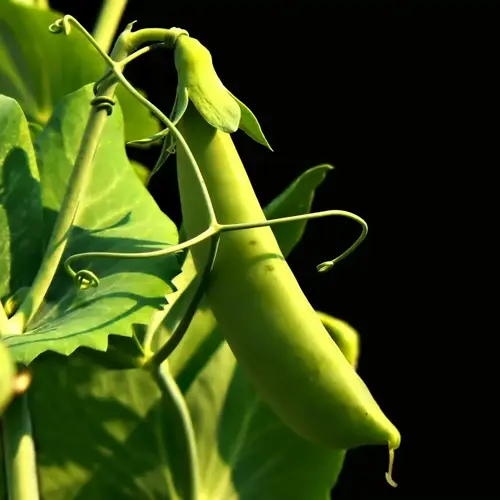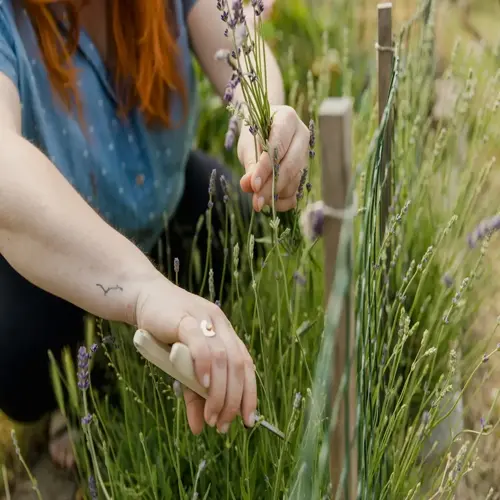Can I plant turnips successively for continuous harvest?

Written by
Tina Carter
Reviewed by
Prof. Samuel Fitzgerald, Ph.D.By planting turnips successively, you can enjoy continuous harvesting from spring to fall. It takes two to three weeks to grow a new row of plants. By utilizing planting succession at staggered maturity, you have a continuous supply of fresh turnip tubers and greens on hand. With proper succession planting, I have harvested turnips for up to six months in my garden.
Spring Rotation
- Start with fast-maturing varieties like Tokyo Cross
- Sow every 14 days during cool weather
- Use row covers for temperature consistency
- Transition to heat-tolerant types in late spring
Fall Extension
- Plant cold-hardy varieties every 21 days
- Increase seed density by 20% for late crops
- Apply straw mulch after first frost
- Use low tunnels for December harvests
Variety rotation is vital for ongoing production. Select heat-tolerant summer varieties after quick-maturing spring types. Then, fall to cold-hardy fall varieties. I keep track of maturity dates on a calendar, making sure new plantings start just before the previous crops are harvested.
Summer succession takes unique methods. Employ shade cloth through the hottest parts of the day for cooler soil temperatures. More watering to address evaporation. Plant in the evening hours instead of the morning for better germination. I create microclimates with taller plants to provide afternoon shade.
Space Management
- Interplant with quick radishes between turnip rows
- Use hexagonal spacing for maximum density
- Employ vertical trellises for companion plants
- Practice relay planting overlapping crops
Monitoring Systems
- Record planting dates in garden journal
- Flag rows with variety and sowing date
- Use soil thermometers for optimal timing
- Track weather patterns for adjustments
Varying rooting density over the course of the season. Early crops require 4 inches between plants for early crops, but later in the season can tolerate closer spacing. For the fall, increase seeding density by 20% to account for slower growth. I indicate the depth of planting with a dibble board for uniformity.
Read the full article: When to Plant Turnips for Best Results

